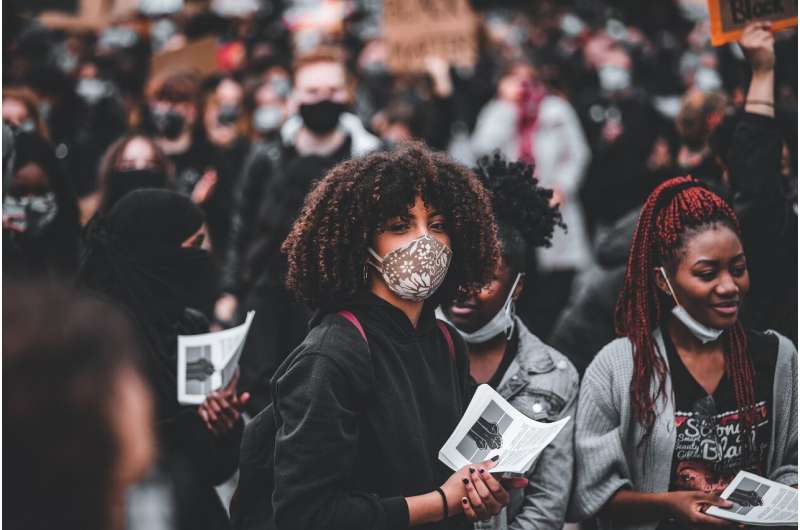Dry air increases COVID risk: Another reason to wear a mask

A study published in June focused on the Greater Sydney area during the early epidemic stage of COVID-19 found an association between lower humidity and an increase in community transmission.
Now a second study published in August by the same team confirms the risk.
The study is published today in Transboundary and Emerging Diseases.
The research led by Professor Michael Ward, an epidemiologist in the Sydney School of Veterinary Science at the University of Sydney, and two researchers from our partner institution Fudan University School of Public Health in Shanghai, China, is the second peer-reviewed study of a relationship between weather conditions and COVID-19 in Australia.
"This second study adds to a growing body of evidence that humidity is a key factor in the spread of COVID-19," Professor Ward said.
Lower humidity can be defined as "drier air." The study estimated that for a 1 percent decrease in relative humidity, COVID-19 cases might increase by 7-8 percent.
The estimate is about a 2-fold increase in COVID-19 notifications for a 10 percent drop in relative humidity.
"Dry air appears to favor the spread of COVID-19, meaning time and place become important," he said. "Accumulating evidence shows that climate is a factor in COVID-19 spread, raising the prospect of seasonal disease outbreaks."
Why humidity matters
Professor Ward said there are biological reasons why humidity matters in transmission of airborne viruses.
"When the humidity is lower, the air is drier and it makes the aerosols smaller," he said, adding that aerosols are smaller than droplets. "When you sneeze and cough those smaller infectious aerosols can stay suspended in the air for longer. That increases the exposure for other people. When the air is humid and the aerosols are larger and heavier, they fall and hit surfaces quicker. This suggests the need for people to wear a mask, both to prevent infectious aerosols escaping into the air in the case of an infectious individual, and exposure to infectious aerosols in the case of an uninfected individual."
Key findings:
- Additional evidence from the Sydney COVID-19 epidemic has confirmed cases to be associated with humidity
- Reduced humidity was found in several different regions of Sydney to be consistently linked to increased cases
- The same link was not found for other weather factors—rainfall, temperature or wind
- Climatic conditions conducive to the spread of COVID-19 present a challenge to public health.
Further studies on humidity for the remainder of the year are needed to determine how the humidity relationship works and the extent to which it drives COVID-19 case notification rates.
More information: Michael P. Ward et al. Humidity is a consistent climatic factor contributing to SARS‐CoV‐2 transmission, Transboundary and Emerging Diseases (2020). DOI: 10.1111/tbed.13766




















